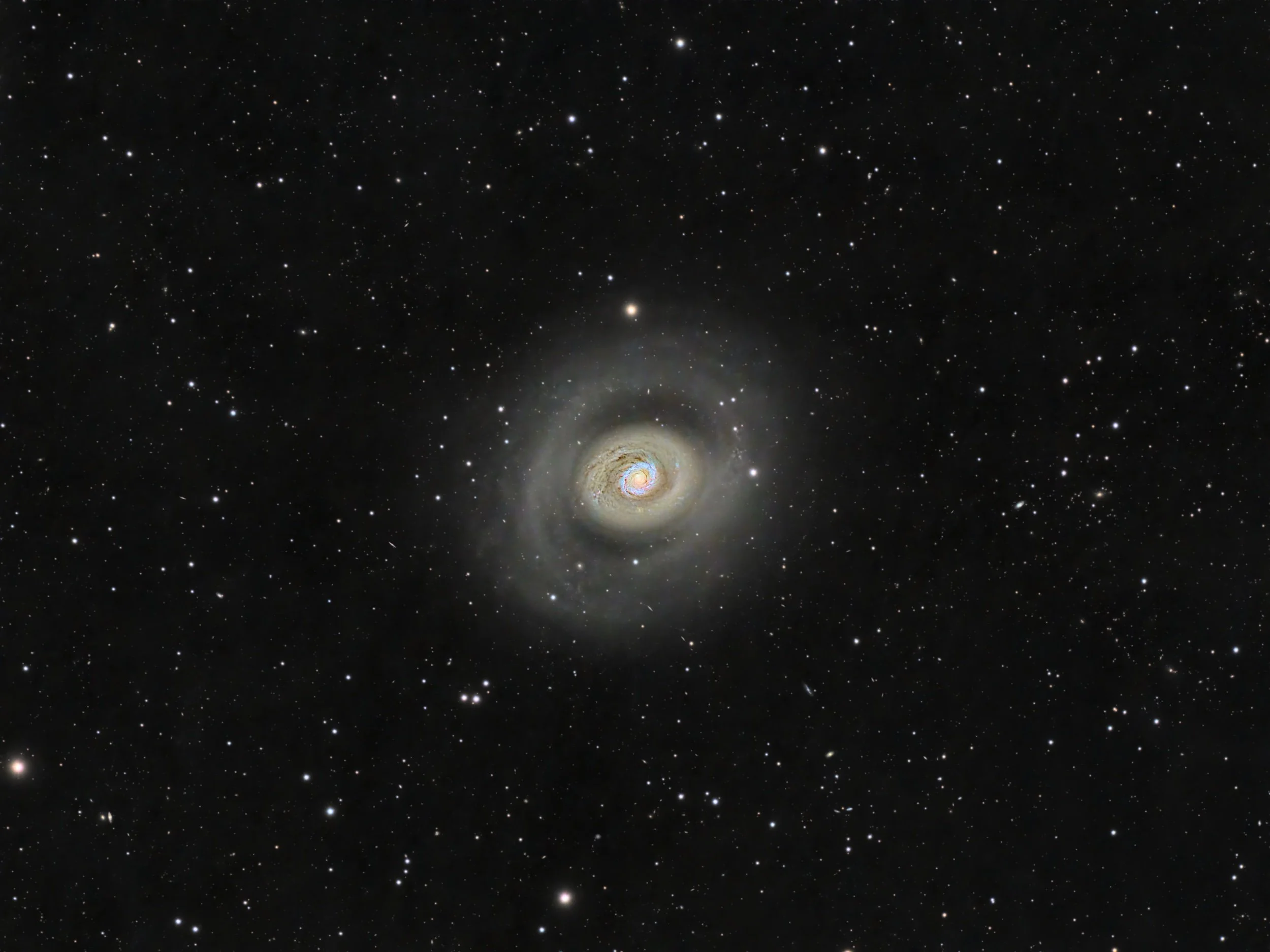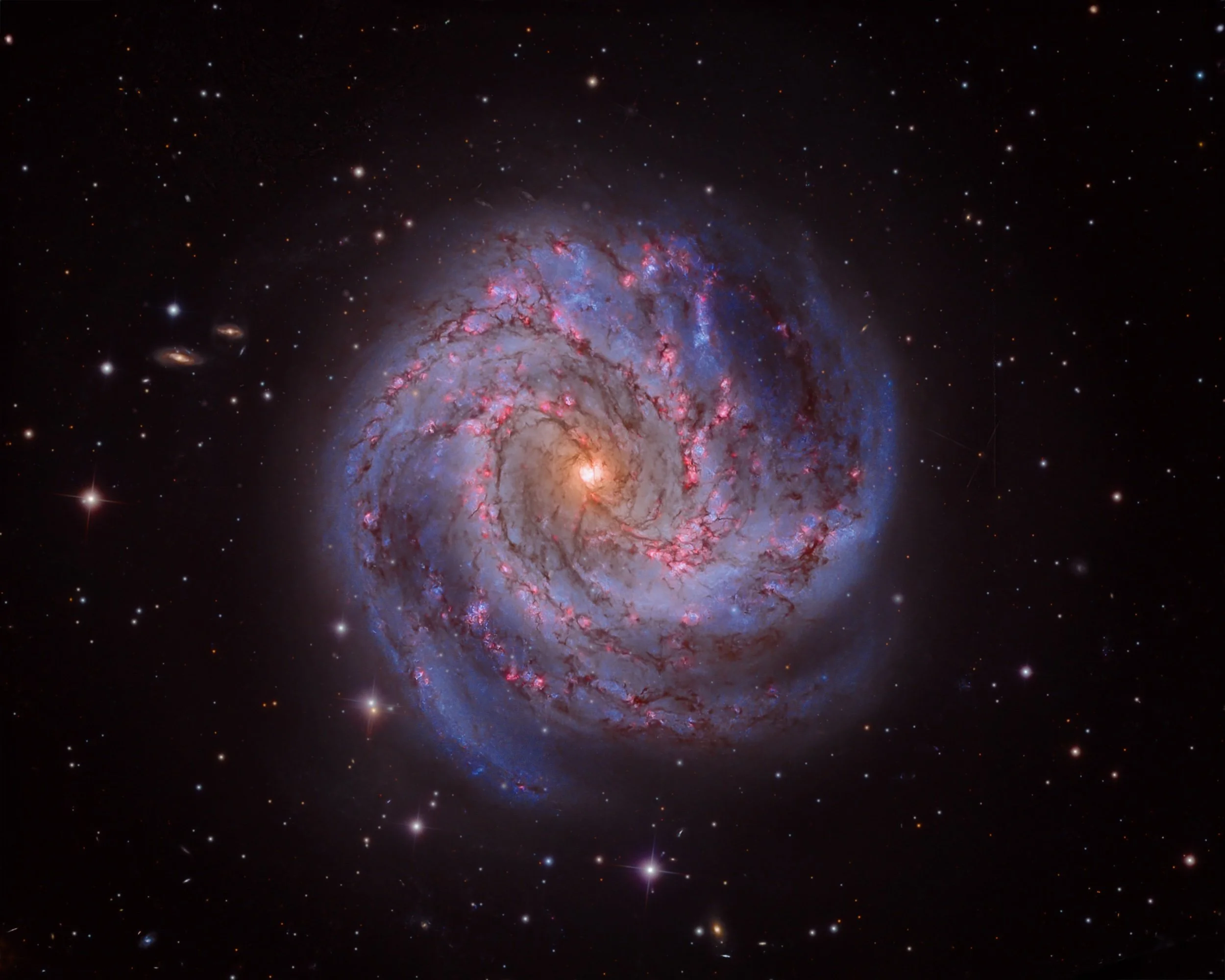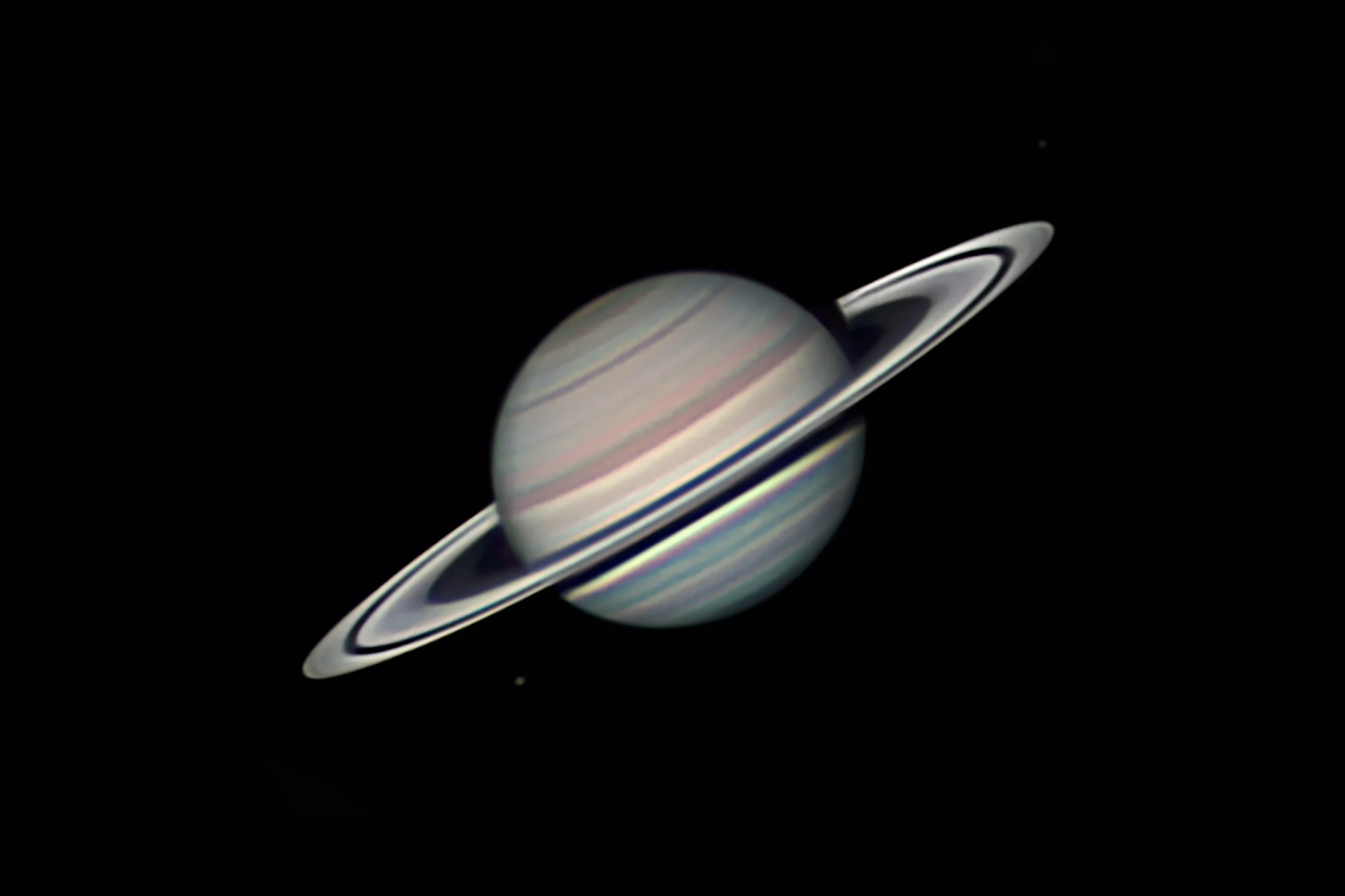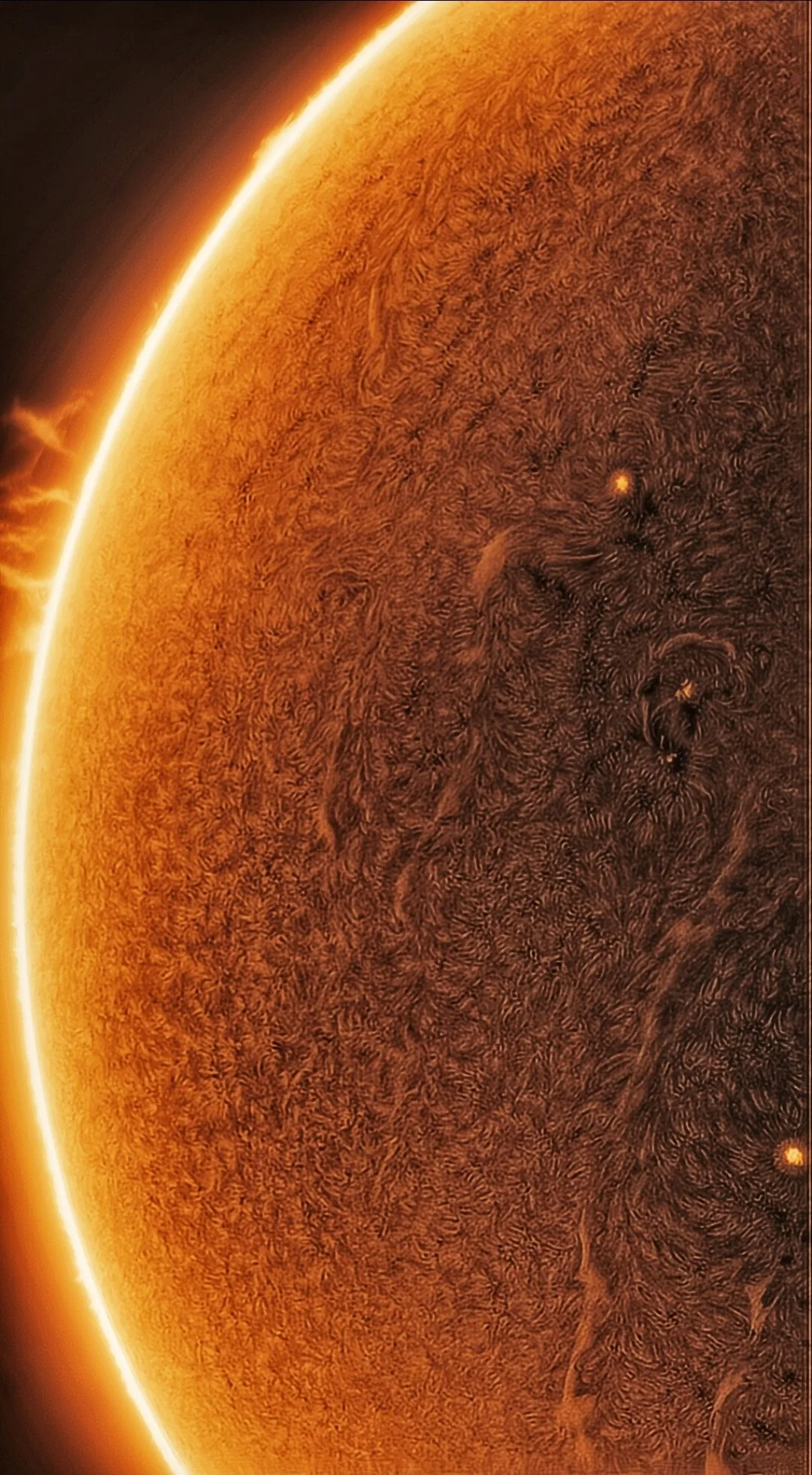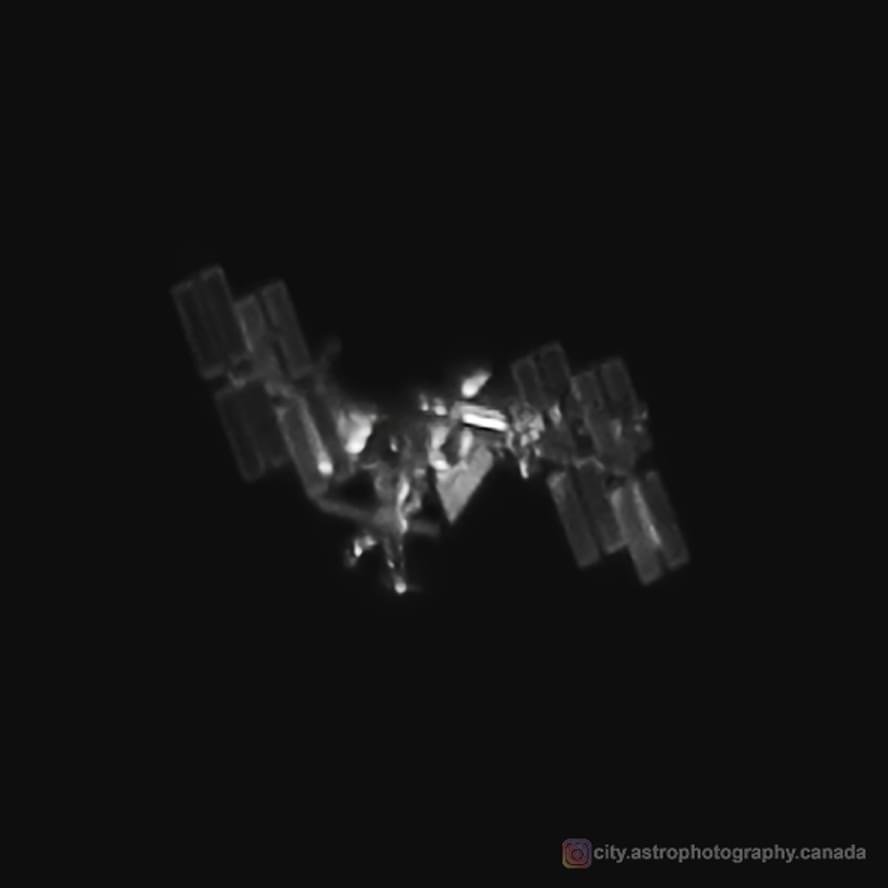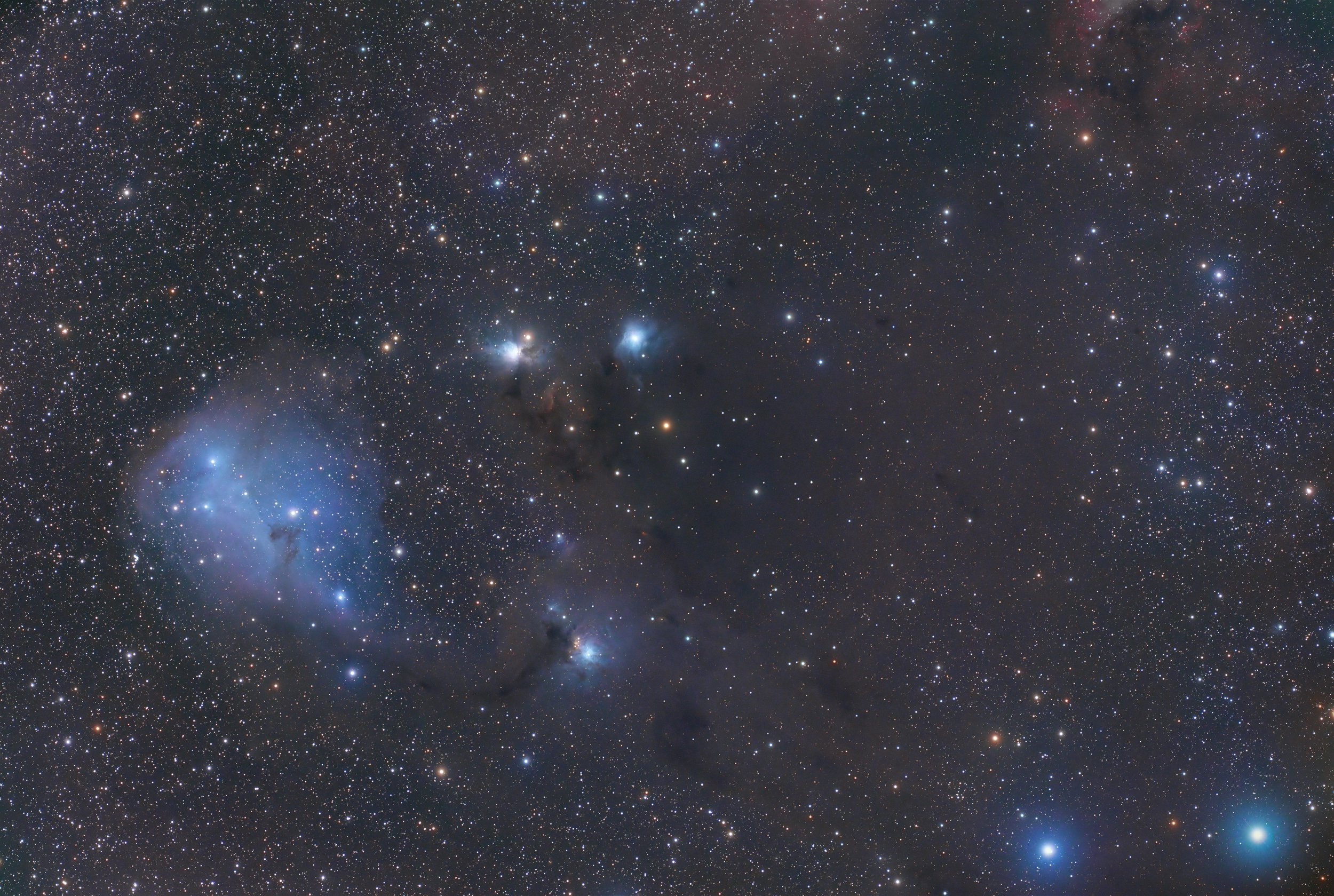
AAPOD2 Image Archives
NGC 2903 - Galaxy in "Leo"
NGC 2903 is a barred spiral galaxy situated in the constellation Leo, approximately 20.5 million light-years away from our location. Discovered by William Herschel and cataloged on November 16, 1784, this galaxy bears a striking resemblance to our own Milky Way. It boasts a size slightly smaller than our galaxy, with a diameter spanning around 80,000 light-years.
M20 Trifid Nebula in HaRGB
The Trifid Nebula, a celestial masterpiece captured in the vast expanse of our galactic tapestry. Situated approximately 5,200 light-years away in the constellation Sagittarius, this mesmerizing nebula combines interstellar gas, dust, and the dazzling radiance of newborn stars to create a captivating visual symphony. Its name derives from the intricate filaments that divide the nebula into three distinct sections.
As new stars ignite within its vast expanse, the Trifid Nebula unveils the ongoing spectacle of stellar birth and evolution, captivating our imaginations and offering a glimpse into the captivating beauty of our ever-expanding universe.
M94
Image Description: Messier 94 (M94) is a spiral galaxy located in the constellation Canes Venatici. It’s about 16 million light years from us and has two rings. The inner ring structure is about 5,400 light years wide, and the outer ring is about 45,000 light years across. The outer ring contains more than 20% of the galaxy’s mass. There is a lot of star formation occurring occurring in this galaxy, particularly in the central region. There are numerous other little galaxies in the image, but I didn’t find any of them in the catalogues that I had readily available.
Tekkies:
Acquisition, focusing, and control of Paramount MX mount with N.I.N.A., TheSkyX and PHD2. Focus with Optec DirectSync motor and controller. Equipment control with PrimaLuce Labs Eagle 3 (2021) and 4 (2023) Pro computer. All pre-processing and processing in PixInsight. Acquired from my SkyShed in Guelph. Average transparency and seeing. Data acquired May 24-29, 2023 in a nearly moonless sky.
Luminance: Sky-Watcher Esprit 150 f/7 refractor and QHY600M camera with Optolong UV/IR filter
Chrominance: Takahashi FSQ-106 ED IV @ f/5 and QHY367C Pro one-shot colour camera with Optolong UV/IR filter
231 x 5m Lum = 19hr15m
234 x 5m chrominance = 19hr30m
Total: 38hr45m
Copyright: Ron Brecher
DeHt 5 - VdB152 - LDN1217
Image Description and Details : This is a very exciting area in Cepheus. The image contains several interesting objects, the most prominent being filaments of a super nova remnant (SNR110.3+11.3), a planetary nebulae (Dengel-Hartl-5), a reflection nebula (VdB152) and a dark nebulae (LDN1217). Most of the area is also streaked by faint dust lanes partially obscuring the objects.
All exposures are unguided 120s at f/2 and binned 1x1. A dynamic combination of Ha and Oiii was used. Image is cropped.
26h Ha
14h Oiii
3*1h RGB
Equipment:
Scopedome 3M
Celestron EdgeHD 14" with Hyperstar Lens
ZWO asi6200mm
Chroma 3nm
10Micron GM3000 HPS II
Captured from E-eye, Spain during April and May 2023.
Copyright: Sven Eklund
M83 -The Southern PinwheEl
Image Description and Details : Image captured from Observatorio El Sauce, Chile
Telescope: Planewave CDK24
Camera: Moravian C3-1600 PRO
Luminance: 21 x 10mins
Red: 16 x 10mins
Blue: 18 x 10 mins
Green: 18 x 15 mins
Ha: 21 x 15mins
Total Integration: 17:55 hours
Processed with PixInsight and Photoshop
Captured by Martin Pugh
Processed by Neil Corke
Copyright: Neil Corke & Martin Pugh
Cosmic monster CG4 and surrounding
Image Description and Details : CG4 means “Cometary Globule #4” and is a complex of nebulosity and dust with a very peculiar shape (it looks like a concentrate of comets) located in the southern constellation of Poppa. The “head” of the galactic worm has dimensions of about 1.5 light years, while the offshoot that follows the head and which is directed in the opposite direction with respect to the rest of the famous Vela supernova (which is at the center of the huge GUM nebula), it has a length of about 8 light years.
The complex was photographed during ShaRA#4 project; this is a composition of 3 different images in wide field taken with the T3 from Chilescope Service (a very fast 500m f/3.8 Newtonian), processed by Christian Privitera, Andrea Iorio and me (Alessandro Ravagnin). RGB composition, total 2 hours of integration.
Copyright: ShaRA Team
Saturn with Tethys and Enceladus
Image Description and Details : 13 x 90 sec IR and RGB video captures of Saturn (~ 1 hr) were made under very good seeing conditions.
The narrowing of the rings since last year is very clear, so it is pleasing to see a hint of the Encke Division. The Southern Hemisphere is more active than the north, as it receiving more sunlight than before and a particularly large system is evident in the STrZ to the p side of the Central Meridian. The colours of this region that have emerged as the planet's tilt allows a better view are astonishing and beautiful. I have not altered these in any way, save for a balancing of the histograms.
The moons Tehtys (left) and Enceladus (right) were close to the planet and some time later Tethys and its shadow transitted the southern Hemisphere of the planet.
OTA: C14 EdgeHD
Camera: Player One Saturn-M SQR
Mount: PME II
Filters: Chroma RGB
Barlow: Tele Vue 2X
Copyright: Copyright: Niall MacNeill
ngc3384
Image Description and Details : NGC 3384 is a Lenticular galaxy in the popular M96 group in Leo. It is a part of a trio of galaxies that include Elliptical Galaxy M105 (NGC 3379) and Spiral Galaxy NGC 3389.
All of these are a part of the Leo galaxy group.
In my image, NGC 3384 is the oval galaxy in the left center, with the circular M105 (NGC 3379) to the right of it. NGC 3389 is the blue galaxy to the bottom.
OTA: Celestron 11" Edge HD with .7x Focal Reducer (1960mm FL f/7)
Mount: iOptron CEM120
Camera: ZWO ASI2400MC Pro (full frame)
Gain: 158
Cooling Temperature: -10 degrees celsius
Filters:
Chroma L 180s x 59
Chroma R 180s x 20
Chroma G 180s x 41
Chroma B 180s x 42
8 hours total total acquisition time
Auto-guiding: ZWO ASI174MM Mini and ZWO OAG-L
Auto-focusing: 2" BDS-RT Baader Diamond Steeltrack Focuser and ZWO EAF
Control: ZWO ASIAIR Pro
Calibrated in Astro Pixel Processor with flats, darks and dark flats
Processed in Pixinsight and Lightroom
Location: Bortle Class 2 skies outside Flagstaff, Arizona
Copyright: Drew Evans
ISS
Image details:
This is probably my 7th trial on shooting ISS from my backyard this year. The previous trials were not good at all due to wrong exposure, out of focus, bad tracking, thin clouds, wrong settings in camera.... etc
This time I tracked it reasonably well during the clear evening when it passed by.
If it happens again I think I can do even better.
It is tracked manually through a 14" Dobsonian.
Date: May 28, 2023
Time: 9:20pm
Max. Altitude of ISS: 62 degrees
Scope: Sky-watcher 14" SynScan Dobsonian (Tracked manually by hand)
Shutter: 0.5ms, 210gain
Camera: Apollo M-Max
Barlow: Televue 3X barlow
Filter: None
Software: FireCapture, Imppg, Photoshop
Copyright: Benjamins Astrophotography Hub
The red zone
Image Description and Details : Nikon z6 mod
Sky: 120sec x 6 iso 800 f2.2 tracked) ioptron sky guide pro
Foreground: 15sec iso125 (twilight)
Location: Gobabeb Namibia
Copyright: Keith Levins

